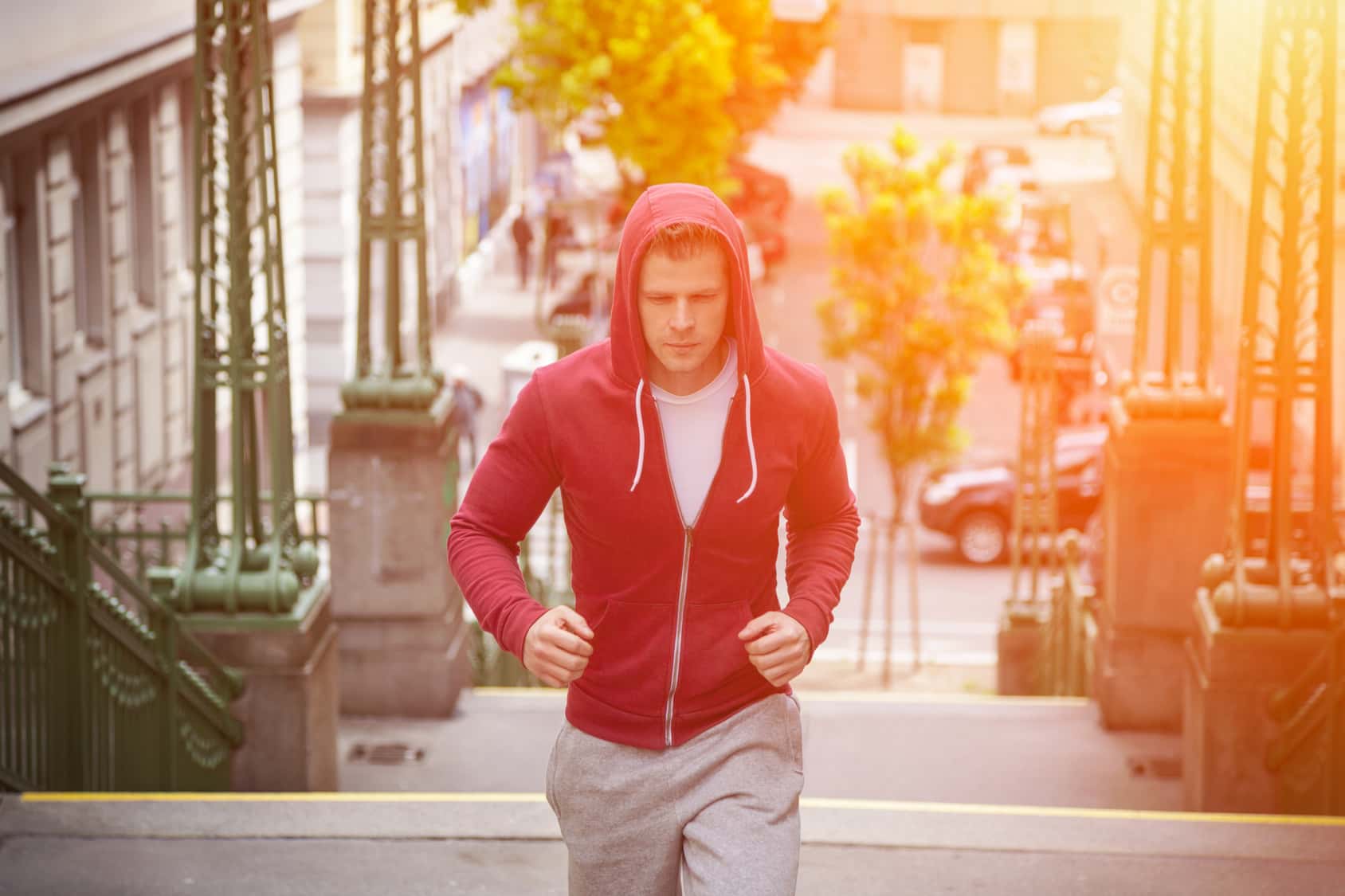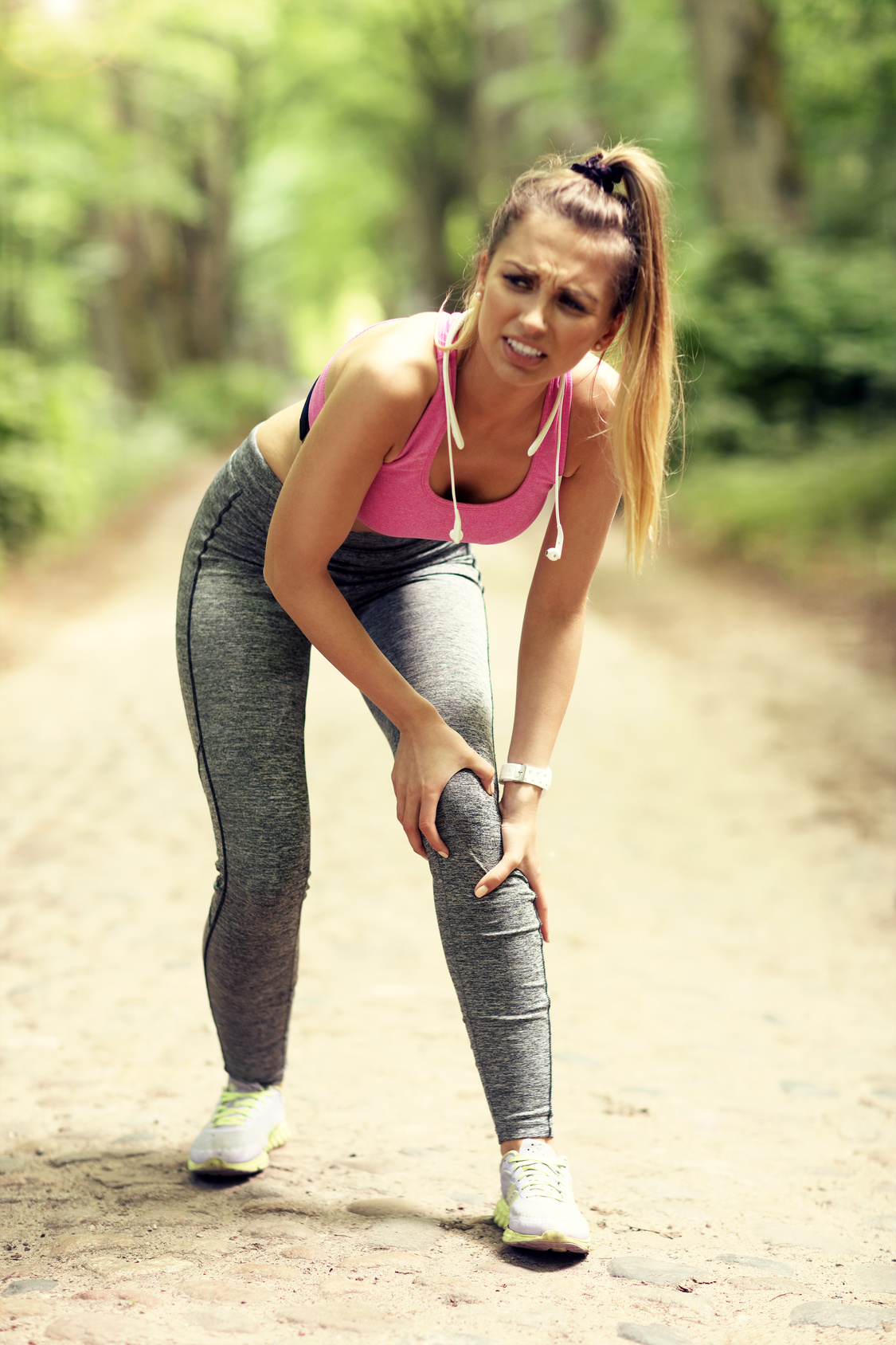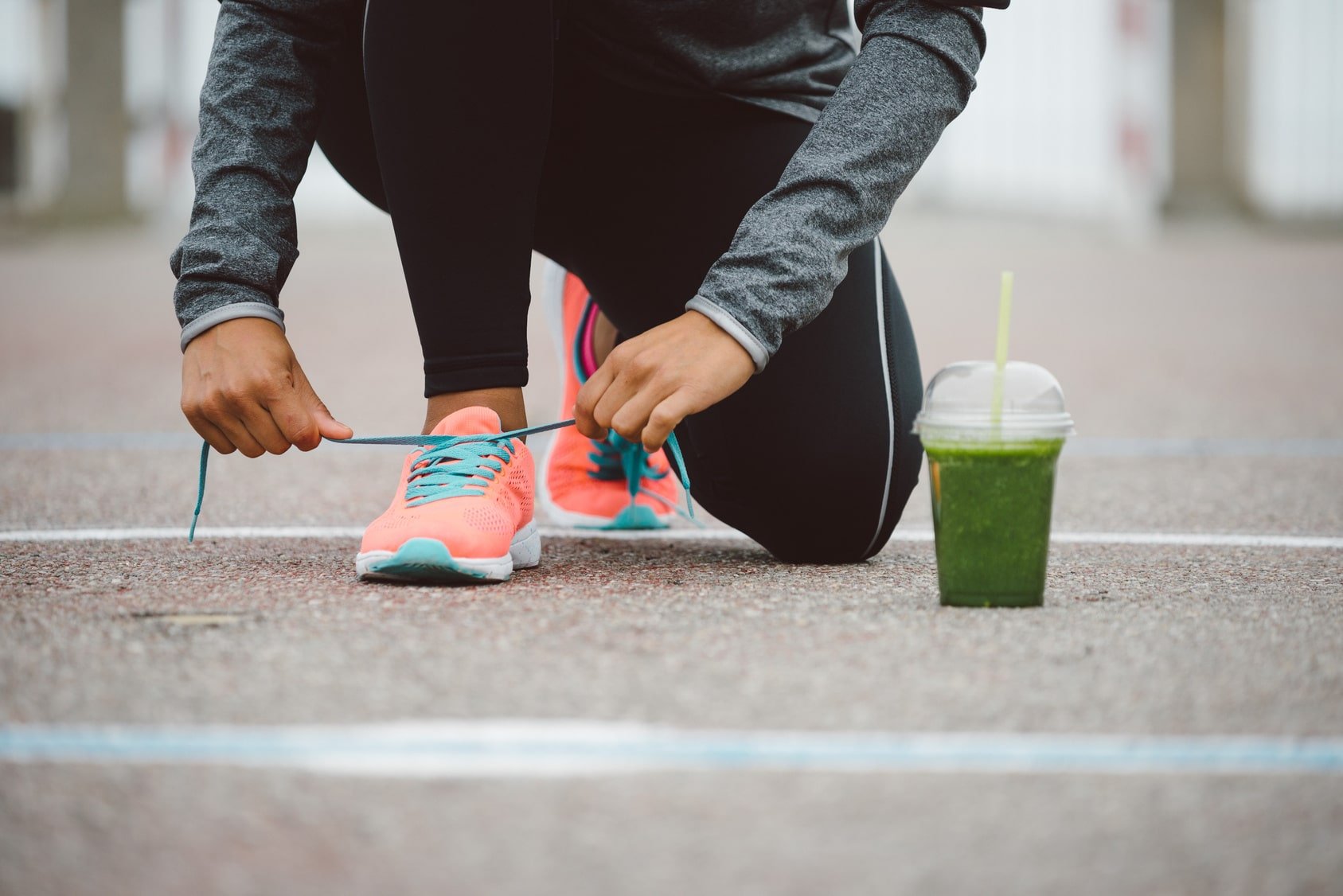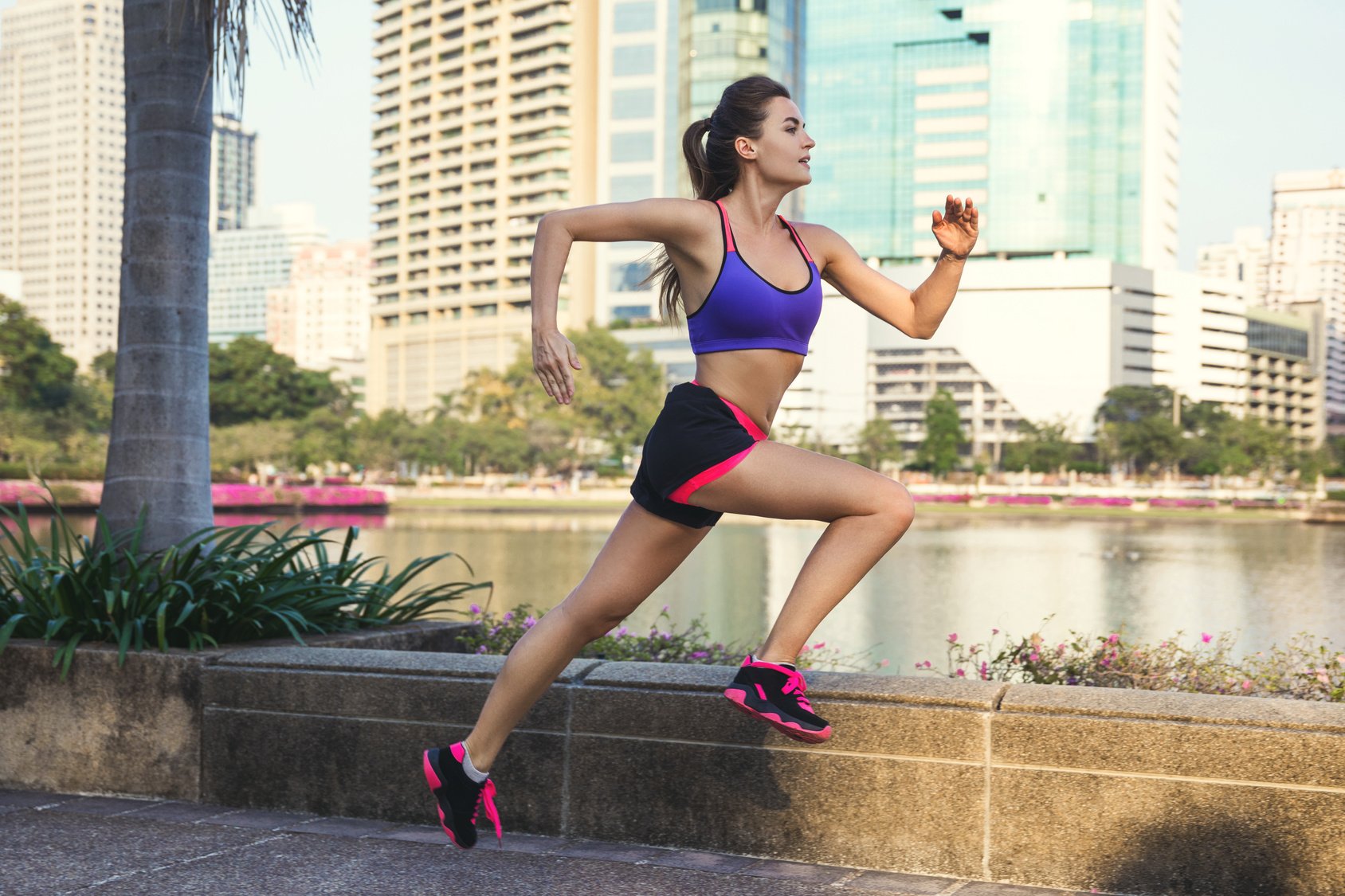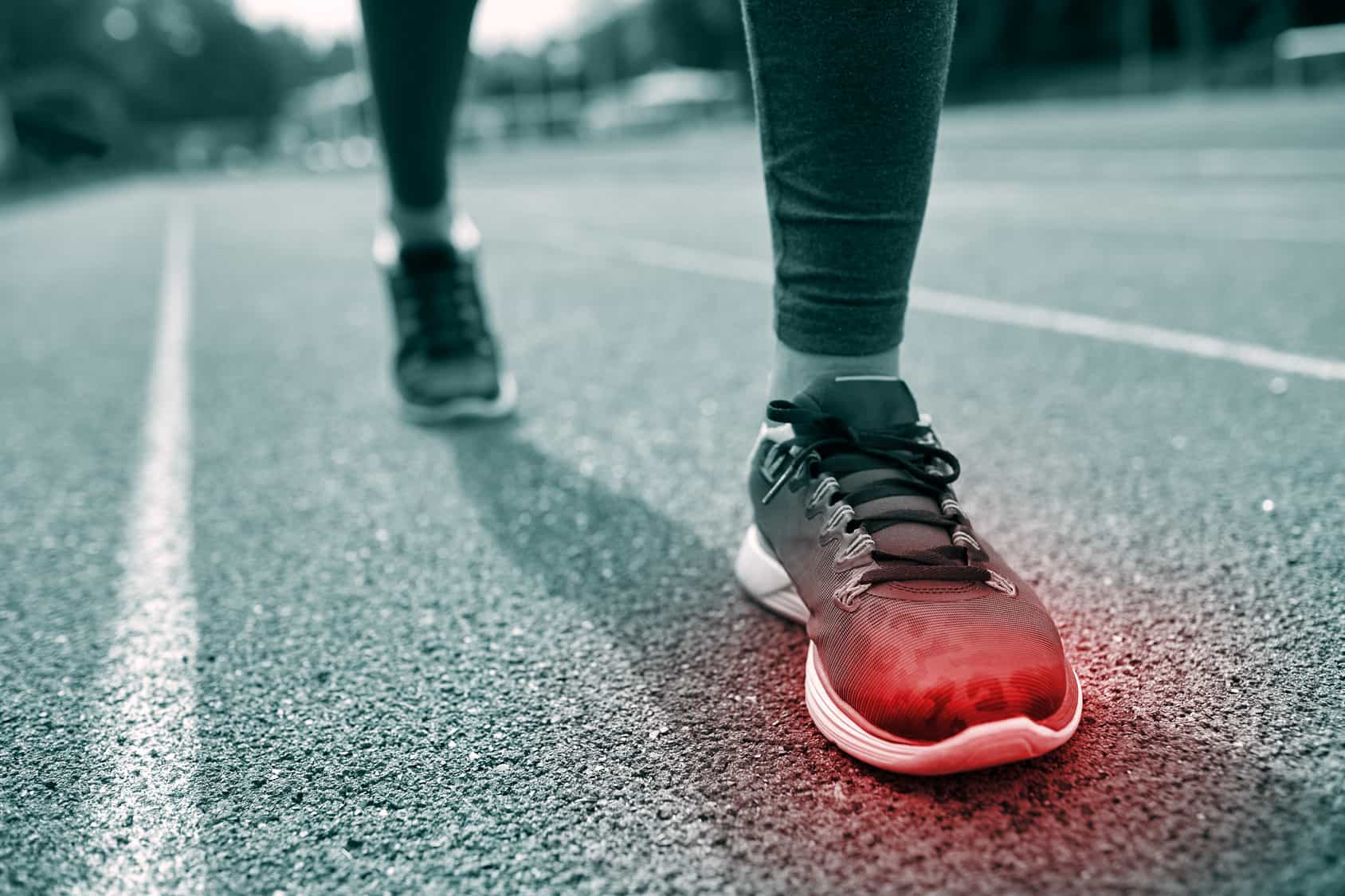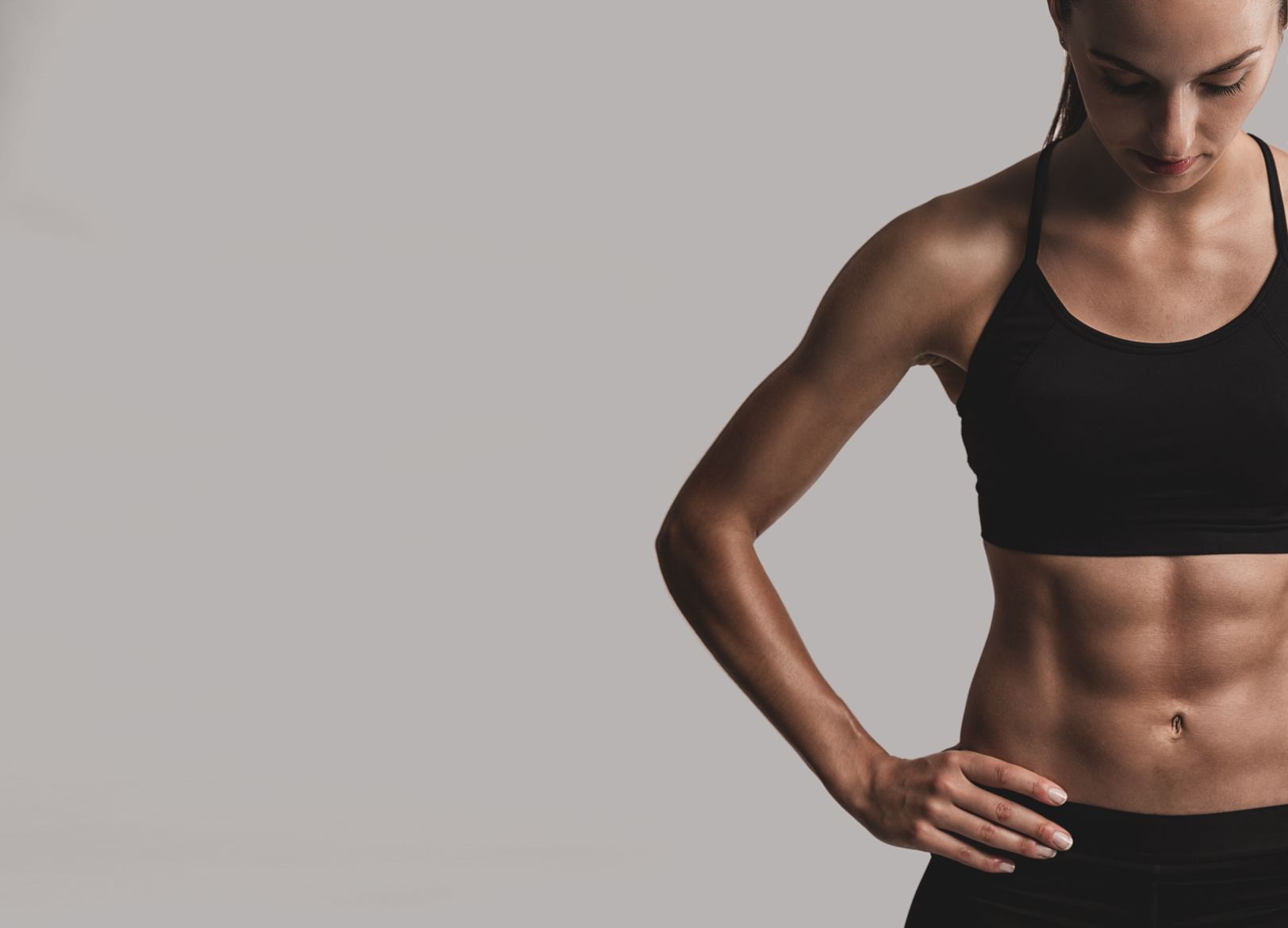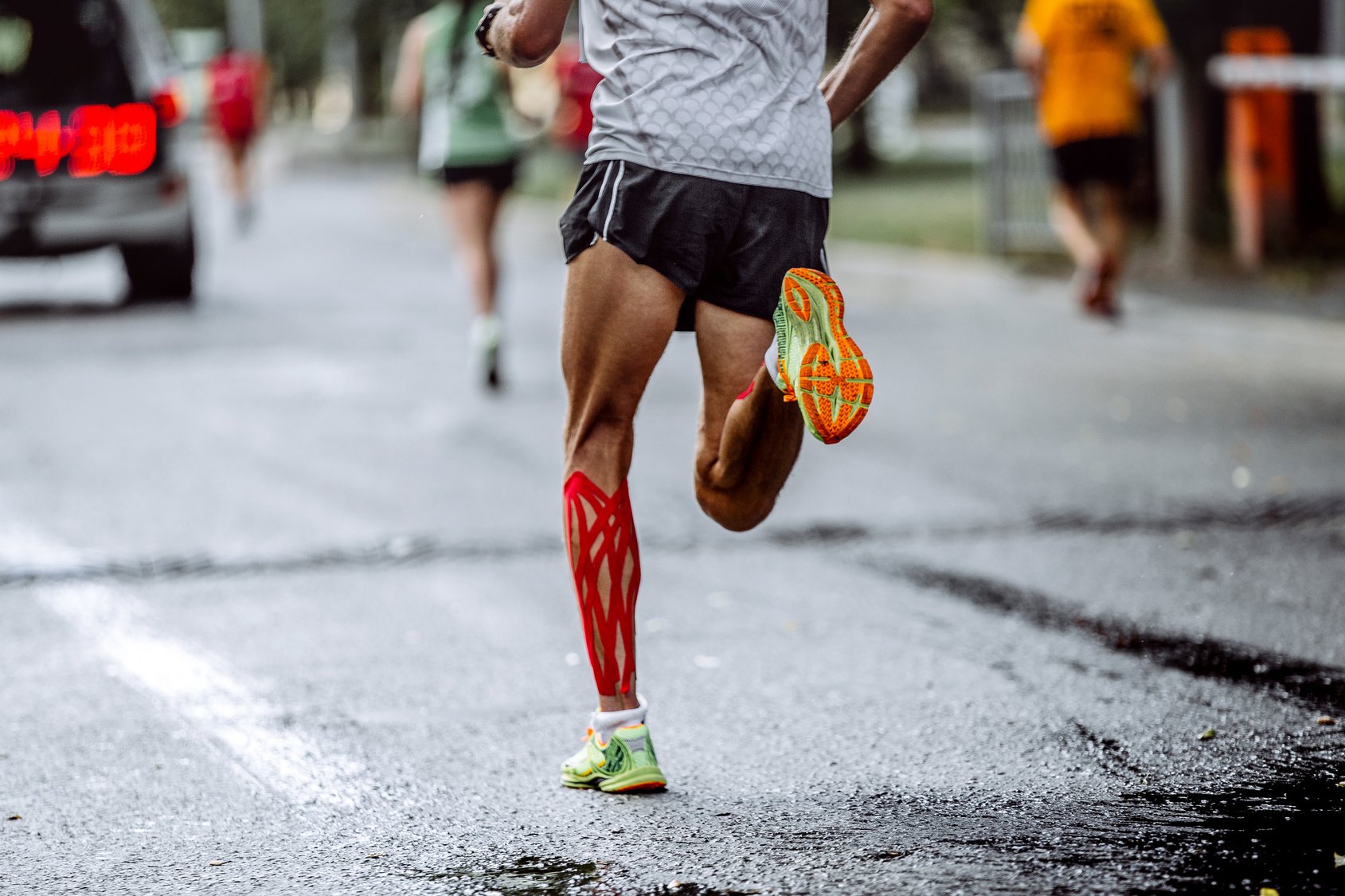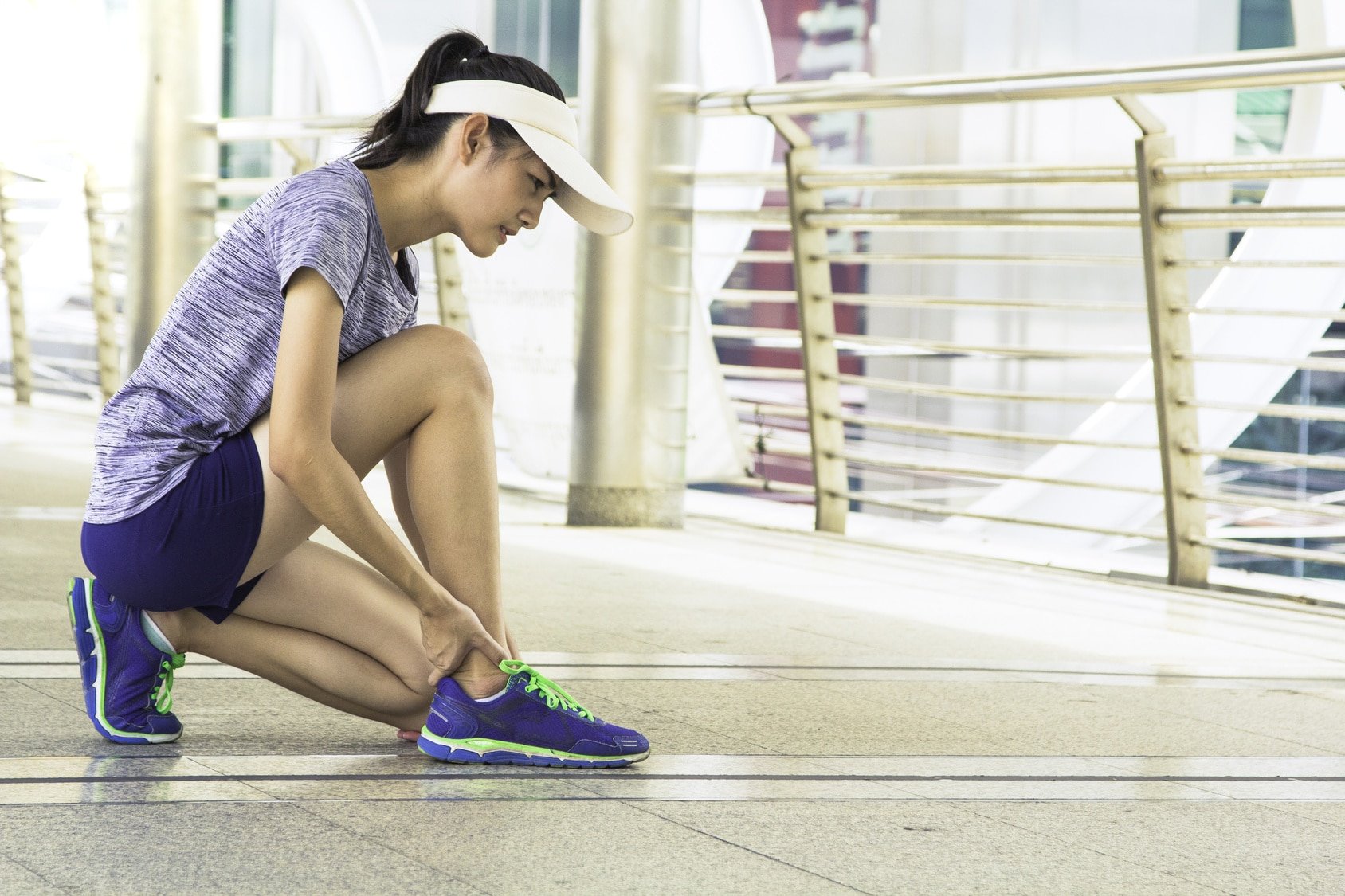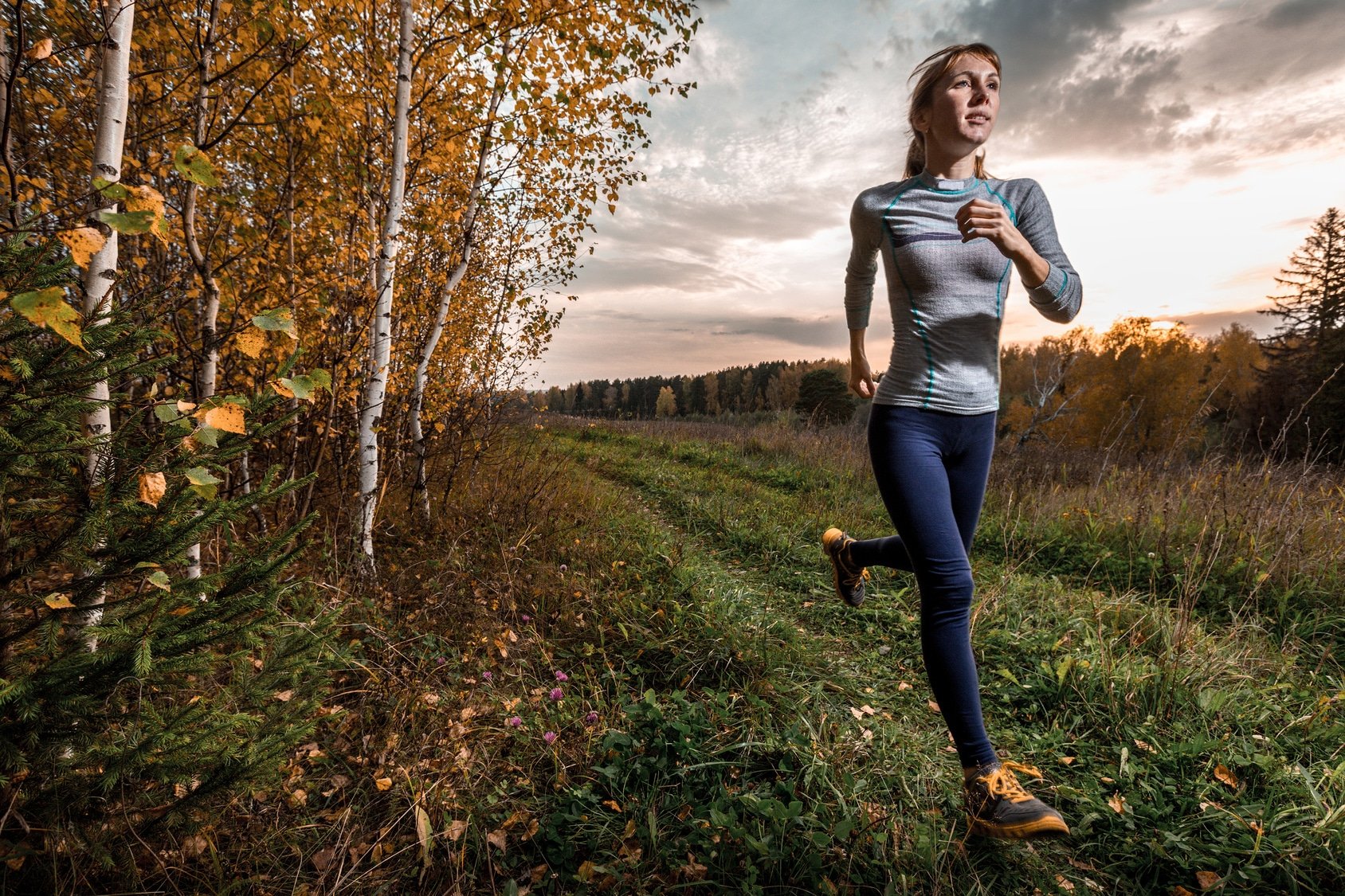Curious what it’s like to commit to running a 10K every single day? Then you’re in the right place.
Let’s be real: running 10K daily is a serious commitment. To achieve this ambitious goal, you need a plan, perseverance, and a clear understanding of both the highs and the lows of such an intense regimen.
Worry no more.
In this article, I’ll walk you through everything you need to know about the daily 10K run. From the undeniable perks to the potential pitfalls, from the time it takes to complete a 10K to tips for building up to this habit sustainably – we’ll explore it all, ensuring you’re equipped to embark on this journey safely and enjoyably.
Ready?
Let’s get started.
How Long Is 10k?
A 10k run, which is 10,000 meters, spans 6.2 miles. If you’re thinking about what that looks like on a track, imagine circling an Olympic-sized track 25 times. To break it down further, it’s the same as running 6 miles and 376 yards, or precisely 32,808 feet and 5 inches. Essentially, it’s twice the distance of a 5k run.
What Happens If I Run A 10K Every Day?
Running a 10k every day is quite the endeavor! It translates to a whopping 70 kilometers or about 43.5 miles every week.
For many casual or recreational runners, this is venturing into high-mileage territory, often seen in marathon training programs. But does taking on such a challenge spell doom in terms of injuries or burnout? Not necessarily. Let’s break it down:
- Gradual Progression. The golden rule for running 10k daily is to ease into it. Just like any grand adventure, rushing in headfirst without preparation can lead to trouble. Gradually increasing your running volume gives your body the necessary time to adapt and strengthen.
- Pace Matters. Ensuring that 80% of your runs are at a comfortable, easy pace is crucial. This isn’t about pushing your limits every day but rather maintaining a pace where you can comfortably chat without gasping for air. This strategy helps in recovery and reduces the risk of overuse injuries.
Let’s dive in a little deeper.

How Long Does It Take To Run A 10k?
Embarking on a 10k run every day? That’s no small feat. It’s a solid display of both your physical stamina and mental grit. On average, covering this 6.2-mile journey might take you around from 45 to 75 minutes, depending on speed.
The time it takes to finish a 10k can swing quite a bit from one runner to the next, all depending on how much you’ve trained, your physical condition, and just how much endurance you’ve built up over time.
If you’re cruising at a pace of about 10 minutes per mile or maybe taking it a bit slower, tackling that 6.2-mile stretch is going to clock in at over an hour. It’s a good reminder that everyone’s running journey is unique.
Can’t run a 10K yet? Try this couch to 10k plan or this sub-60 minute 10k program.
Is 10km Considered A Long Run?
Whether a 10k counts as a long run really boils down to your personal training plan and running experience. If a 10k run takes you over an hour to complete, it’s typically considered a long run because of the considerable time and effort it demands.
What’s more?
If 6.2 miles accounts for around 20 to 30 percent or more of your total weekly running distance, then it definitely falls into the category of a long run. Labeling a run as “long” helps you to manage your training load effectively, striking a balance between pushing yourself and getting enough rest and recovery to sidestep overtraining and injuries.
What Is The Fastest 10k Time?
The record for the fastest 10k time is truly mind-blowing. On October 7, 2020, Uganda’s Joshua Cheptegei set the men’s world record at 26 minutes and 11 seconds. Imagine maintaining an average pace of a 4:12 mile – that’s what Cheptegei did across 6.2 miles, setting a towering standard in long-distance running.
While marveling at such feats, it’s essential to keep a balanced view on running a 10k daily. Sure, the perks of consistent running include a myriad of health benefits, like a reduced cancer risk, better sleep, and enhanced mood (more on this later).
But it’s also key to remember that more running isn’t automatically better for everyone. A daily 10k run might not be the perfect fit for all, and without proper care, it might even lead to overtraining and related health issues.
How Many Calories Do You Burn Running A 10k?
Running a 10k is a powerhouse move when it comes to torching calories and stepping up your fitness game.
Typically, you’re looking at burning around 100 calories per mile. So, for a 10k run, which clocks in at about 6.2 miles, you’re blasting through over 600 calories each time you hit that distance.
Think about it – if you’re hitting a 10k daily, that’s a weekly calorie burn of roughly 4,200 calories. Given that a pound of fat holds about 3,500 calories, running a 10k every day could see you shedding more than a pound a week, provided your eating habits and other activities don’t change.
Benefits of Running 10k Every Day
So, you’re thinking about running 10k every day? That’s awesome because it’s like hitting two birds with one stone, working out both your body and mind. Let me walk you through what this daily commitment can do for you:
Heart Health on the Up and Up
Think of a daily 10k as your heart’s best buddy. It gets your blood pumping and your oxygen flowing way better. Plus, there’s a bunch of studies that say running regularly is a big win for your heart, slashing the risk of heart issues big time. It’s like every stride you take is a little “thank you” note to your heart.
Keeping the Scale Happy
Want to lose weight or keep from gaining? Running a 10k every day is your secret weapon. It’s like keeping your metabolism on its toes, burning calories like there’s no tomorrow, even on your chill days.
Mental Health and Stress Relief
Running everyday offers a mental escape, a time when you can let your thoughts wander or clear your mind completely. The endorphin rush you get from running is similar to the mood lift of antidepressants, making each run a step towards not only physical but also mental well-being.
Enhanced Stamina and Strength
Committing to daily 10k runs builds your stamina and physical resilience brick by brick. This routine doesn’t just boost your muscle strength; it conditions you for prolonged physical effort, making running a comprehensive workout. It’s proof of how running shapes not only your body but your capacity to face life’s challenges head-on.
The Downsides of Running a 10K Everyday
As you can see, logging 6.2 miles every day has a lot to offer, but it’s key to pay attention to the. Overdoing it without heeding your body’s need for rest and recovery can have several consequences:
Burnout:
Imagine running being your big love, but suddenly, you’re just not feeling it. That’s burnout for you. It sneaks up when you’re all go, no slow, hitting both your body and your mojo. Keeping things fresh and balanced is the secret sauce to staying in love with your runs, without hitting the snooze button on your running shoes.
Injury Time-Out
Going full throttle every day is like playing tag with injuries. Your body’s shouting for a breather, but if you’re not listening, you might end up on the sidelines. Even those superhero runners take their easy days seriously. It’s all about giving your muscles and joints the chill time they need to stay strong and injury-free.
The Fitness Flatline
Here’s the deal: run the same stretch, same pace, day in, day out, and your body’s going to get real cozy with it. Too cozy. Suddenly, you’re not upping your game; you’re just cruising. Throwing in some variety—speed bursts, hill climbs, shorter jogs, longer runs—keeps your body guessing and growing stronger.
Life’s Balancing Act
Dedicating daily hours to hitting that 10K can start to cramp not just your calves but your style too. Life’s a juggling act, and you want to make sure running is adding to your happiness, not stress. It’s all about finding that sweet spot where running and life are in harmony, and you’ve still got time for friends, family, and kicking back.
How To Make The Most Of Running A 10K A Day
Making the most out of running a 10K every day involves a thoughtful, strategic approach to keep things fresh and under control.
Here’s how you can fine-tune your daily runs:
Ease Into It
Diving headfirst into daily 10k runs can be a shock to the system. Start with more manageable distances, say three or four miles, and incrementally work your way up to the full 10k. This gradual increase helps your body adapt smoothly, reducing the chance of injury.
Follow the 10-Percent Rule
I hate to state the obvious but ramping up your mileage or pace too quickly sets you up for burnout and/or injury. The 10-percent rule advises against increasing your weekly mileage or pace by more than 10 percent.
While you’re sticking to the same daily distance, this rule can still apply to how you manage your pace. Slowly boosting your speed and endurance is key to progressing without overtaxing your body.
Listen to Your Body
The 10-percent rule might be a solid starting point, but remember, it doesn’t fit everyone perfectly. Our bodies respond to training in their own unique ways. Feeling a bit too sore or exhausted? It might be your body’s way of saying, “Hey, let’s take it easy,” even if you’re technically sticking to the rules.
For these reasons (and some more), I’d recommend that you come up with a plan that suits your current fitness level and it’s built for lasting, slow, progress.
Shake Things Up
Running the same course over and over again is the recipe for boredom. Here are my best three tips for keeping things interesting:
- Mix Up Your Pace: Sticking to the same pace isn’t a must. Throw in some easy runs, tempo runs, and intervals to challenge your body in new and beneficial ways.
- Switch Up Your Running Surface: If you can, alternate your runs between the road, trails, and track. Each surface offers unique benefits and can play a role in improving your running form and lowering your risk of repetitive stress injuries.
- Cross-Train: Adding non-running activities like cycling, swimming, or strength training to your regimen boosts your overall fitness and gives those running muscles a well-deserved break.
Set Small Goals
Setting small goals is a game-changer once you’re comfortable with your daily 10k. It’s like adding a dash of spice to keep things interesting. You might aim to shave a few seconds off your time, tackle more hills, or throw in a bit longer run now and then. These little targets can keep your running journey exciting and full of progress.
And hey, instead of sticking rigidly to a 10k every day, why not play around with a weekly mileage goal that includes some well-deserved rest days? It’s a great strategy to hit your overall distance targets while making sure your body gets the rest it needs to stay happy and healthy.
Spreading Out the 10K Love
If you’re keen on keeping an average of 10k a day but still want to sneak in a rest day (because, let’s be real, we all need it), here’s a cool way to structure your week:
- Monday: Push it a bit with 8 miles.
- Tuesday: Dial it back slightly to 7 miles.
- Wednesday: Take a well-earned break. It’s rest day!
- Thursday: Back at it with 8 miles.
- Friday: Hit the classic 10k (6.2 miles).
- Saturday: Amp it up again with 8 miles.
- Sunday: Round off the week with another 10k.
This setup not only keeps you on track with an average of 10k a day but also weaves in that crucial rest day to help with muscle recovery and prevent overdoing it. Feel free to tweak the distances to match how you’re feeling and what your goals are. After all, flexibility in your training can be just as important as consistency.
Signs You Need to Cut Back:
Knowing when to hit the pause button on your running routine is key to avoiding injuries and keeping your love for running alive. Here are some red flags that suggest it might be time to ease up:
- Ouch, That Hurts! If you’re dealing with pain that just won’t quit, especially if it gets worse when you run or right after, that’s your body’s way of saying, “Hey, I need a break!” This could signal an injury or that you’re pushing too hard.
- Tired Much? If you’re always feeling zapped of energy, even on days when you’re supposed to be resting up, you might be overdoing it. Your body’s screaming for some extra downtime.
- Where Did My Mojo Go? Noticed your running times getting slower or that you can’t run as far as you used to? That drop in performance could be your body telling you it’s overtrained.
- Running? Meh… When lacing up feels more like a chore than the highlight of your day, it’s time to reconsider your routine. Running should be something you look forward to, not dread.
- Counting Sheep? Trouble hitting the hay or staying asleep can be tied to pushing yourself too hard. Your body needs proper rest to recover, and overtraining can throw a wrench in your sleep patterns.
- Sniffles Again? If you’re getting sick more often than usual, it might mean your immune system is taking a hit from all the stress of training. A healthy running routine shouldn’t leave you vulnerable to every bug out there.
Spotting these signs? It’s crucial to take them seriously. Consider dialing back your runs, mixing in some rest days, or trying different activities that give your body a break. Remember, running is a marathon, not a sprint. Listening to your body and adjusting your training can help you stay in the race for the long haul.
Frequently Asked Questions (FAQ)
Q1: Is running 10K every day safe?
Running 10K daily can be safe if you build up gradually, wear proper shoes, prioritize sleep and nutrition, and pay attention to early signs of fatigue. For most runners, a little weekly rest—or active recovery—makes a big difference in staying injury-free.
Q2: What are the benefits of running 10K daily?
Running 10K each day boosts cardiovascular health, builds solid endurance, regulates mood through endorphins, and strengthens your mental resilience. It’s also a great psychological habit—streaks can be motivating and confidence-boosting.
Q3: How can I avoid injury when running 10K daily?
Stay injury-free by:
Choosing supportive, well-fitted shoes.
Listening to your body—back off on niggling pains.
Having at least one rest or active-recovery day weekly.
Varying intensity—mix easy runs with moderate paces.
Stretching, foam rolling, and cross-training to balance muscle load.
Q4: How long does it take to adapt to running 10K daily?
Most runners start feeling comfortable after 3 to 6 weeks of consistent, gradual mileage buildup. Your muscles, connective tissues, and mindset need time to adjust, so resist the urge to go ultra-fast too soon.
Q5: Should I add strength training if I’m running 10K daily?
Yes! Adding 2–3 weekly strength sessions (core, hips, legs) helps prevent imbalances, reduces injury risk, and even improves your running performance.
Q6: How many rest days do I need with daily 10K training?
Even with daily plans, I recommend 1 full rest day or active recovery day each week. Light yoga, walking, or gentle cycling can keep your body moving without taxing it.
Q7: Can beginners safely start with 10K runs every day?
Not right away. Beginners should first build up to a few 10K runs per week, then gradually increase frequency. Daily 10Ks are better suited to runners who’ve built a base of at least three to six months.
Q8: What should I eat before and after a daily 10K?
Before: a light snack with carb + small protein (e.g., banana with nut butter) about 30–60 minutes ahead.
After: refuel with protein + carbs, like yogurt with fruit or a shake, to aid recovery and fuel the next run.
Q9: How do I know if running 10K every day is too much?
Watch for persistent fatigue, a drop in performance, sleep issues, or recurring soreness. These are signs to dial back, add rest, or check in with a coach or physical therapist.
Q10: How should I gradually start running 10K daily?
Start with 3–4 runs weekly, including 10Ks. Each week, add one more run or a mile—but no more than a 10–15% increase in overall mileage. Always monitor how you feel physically and mentally.


